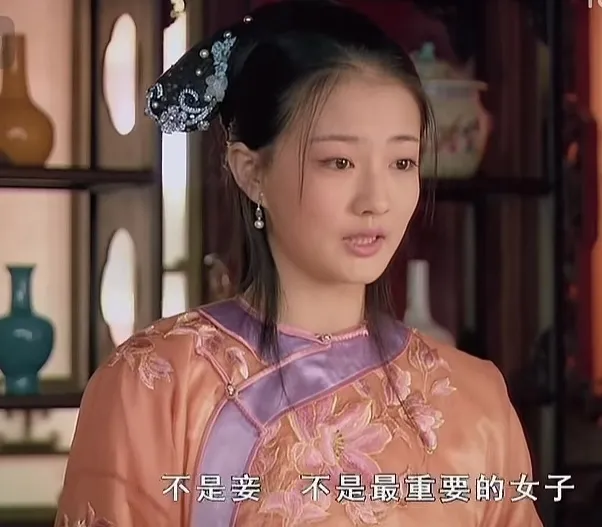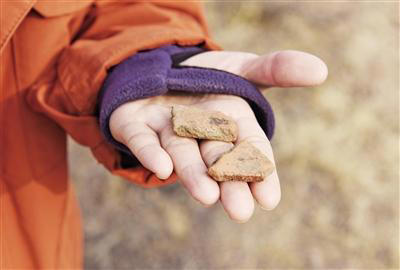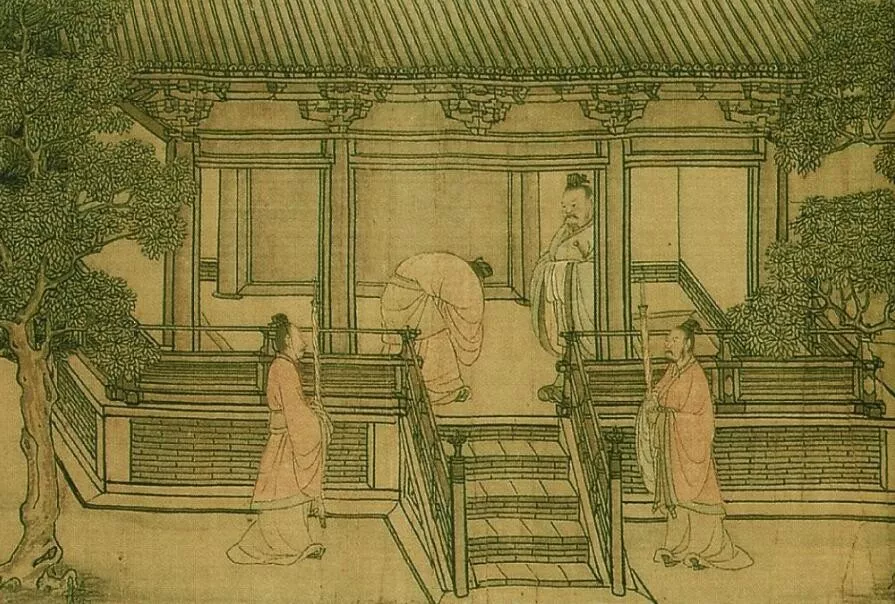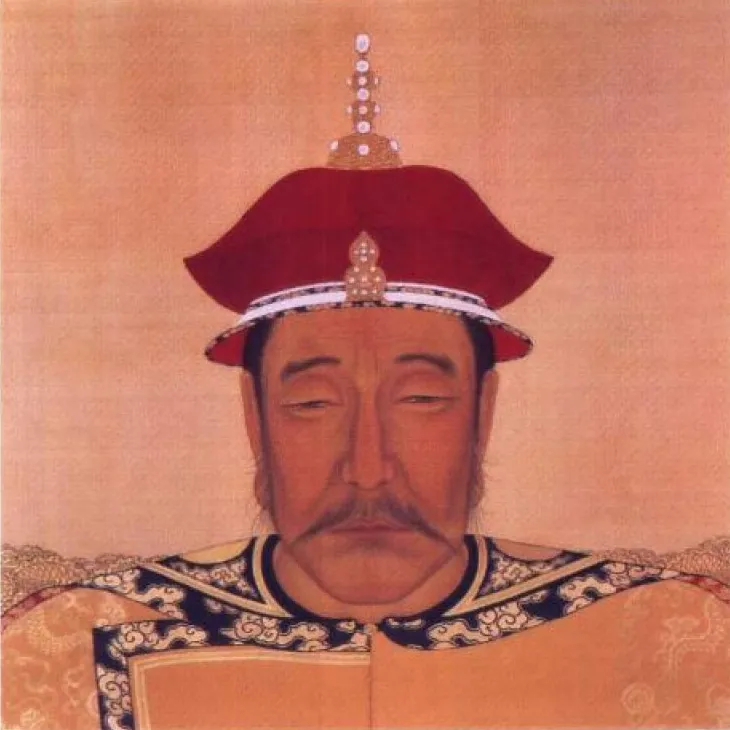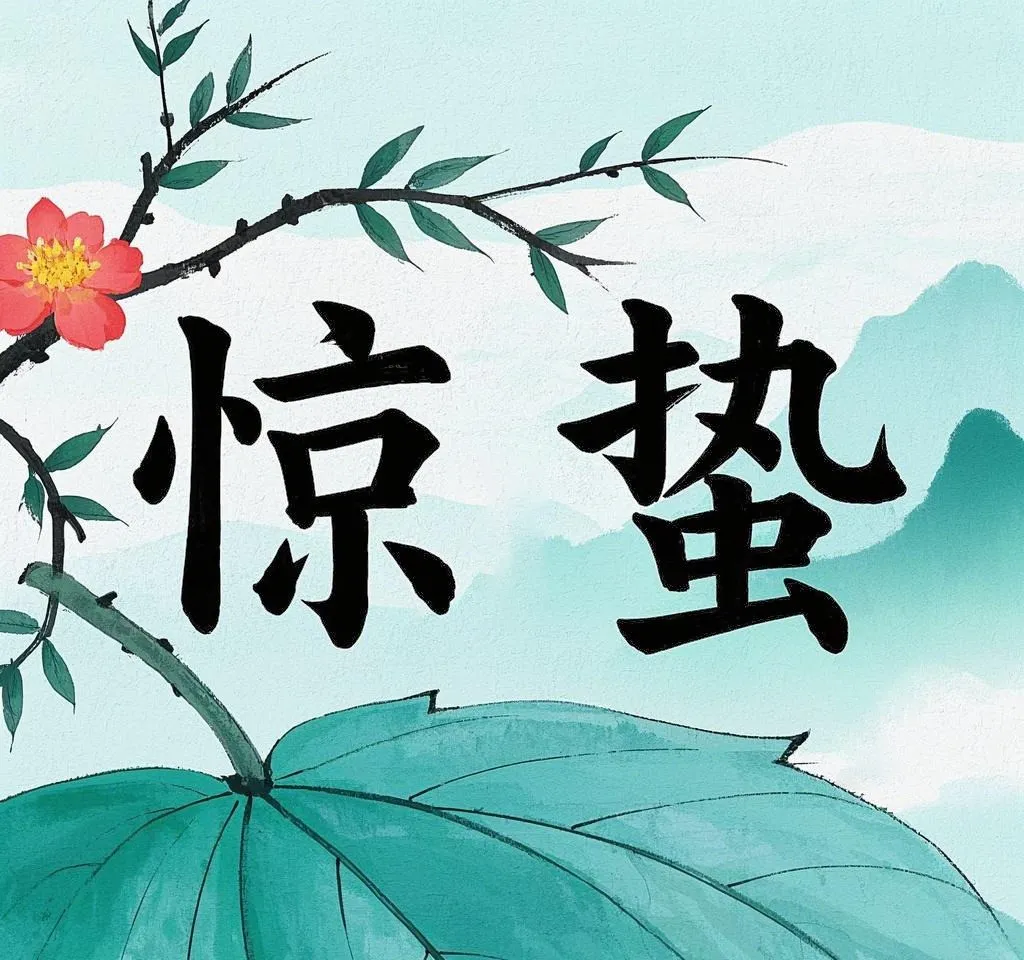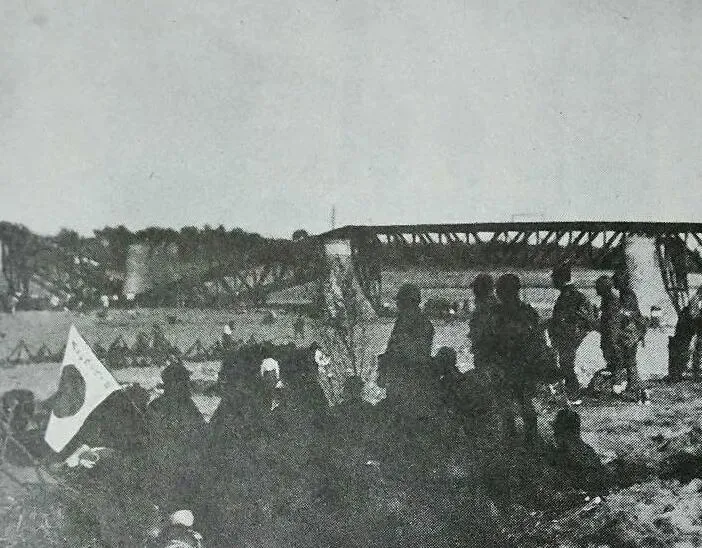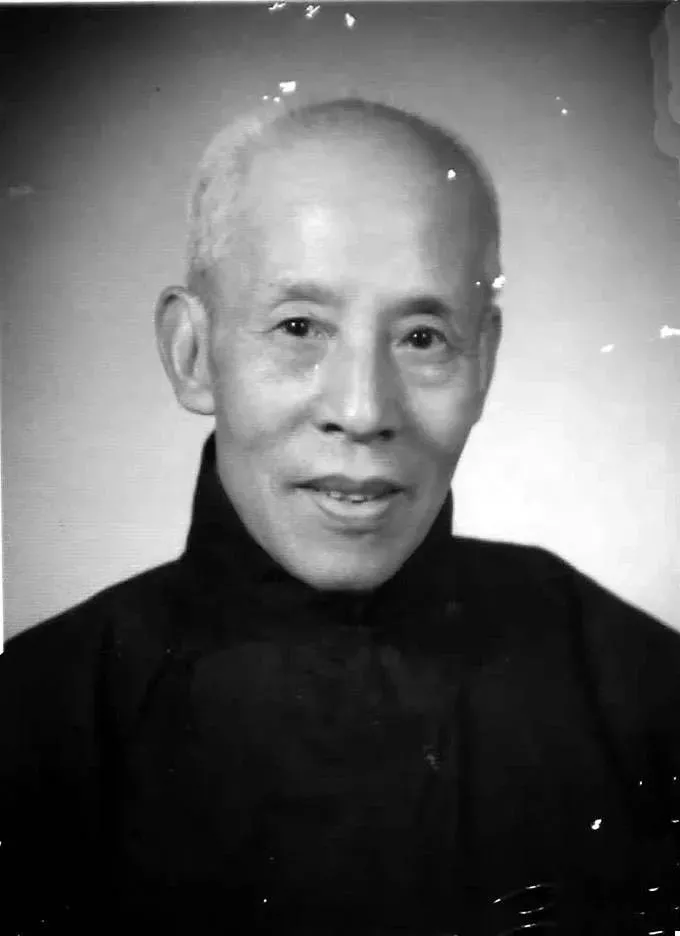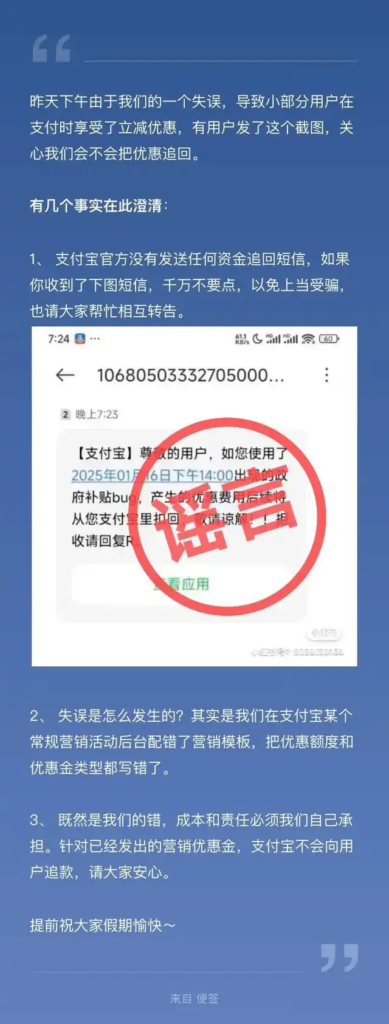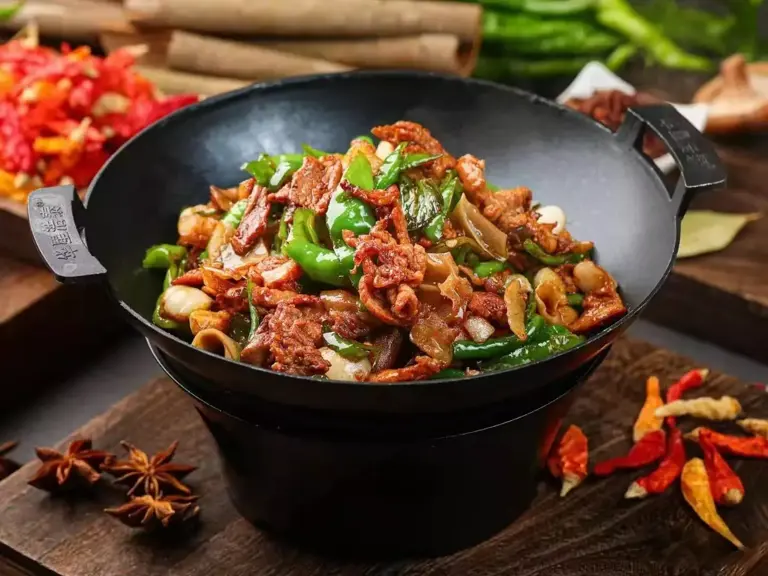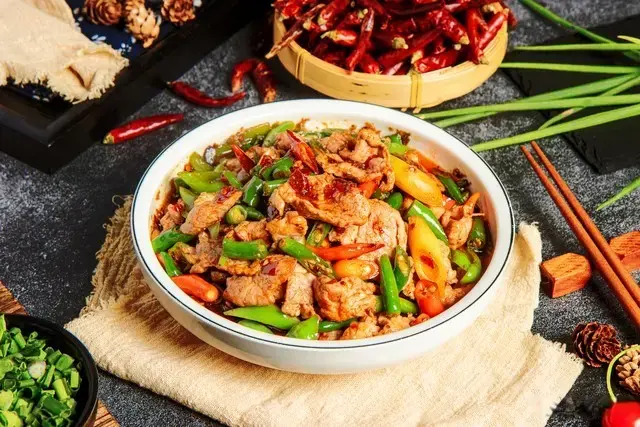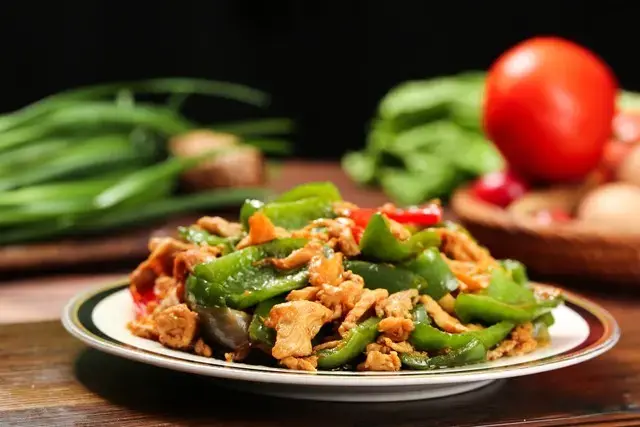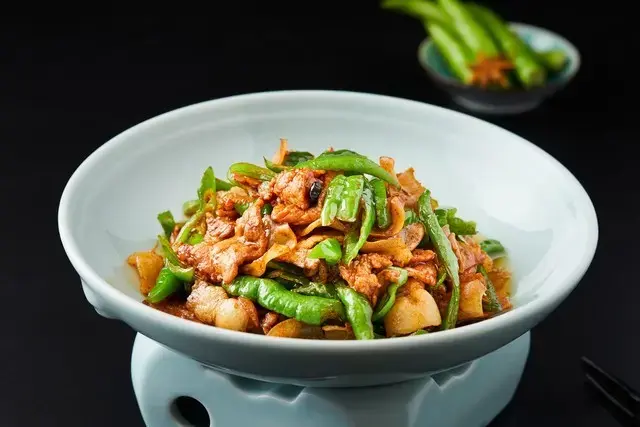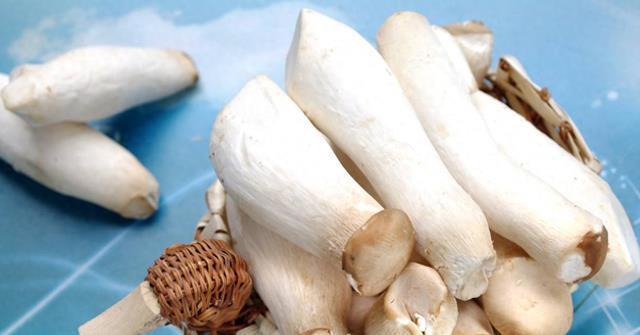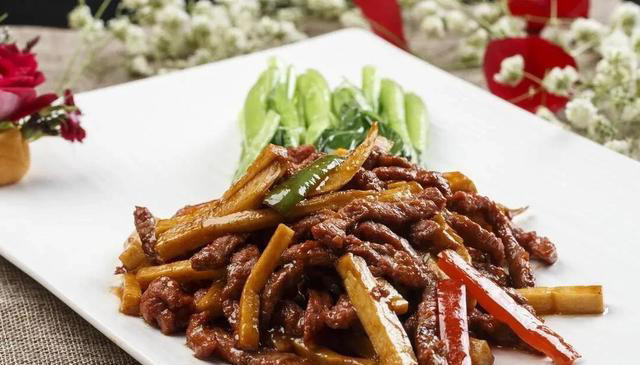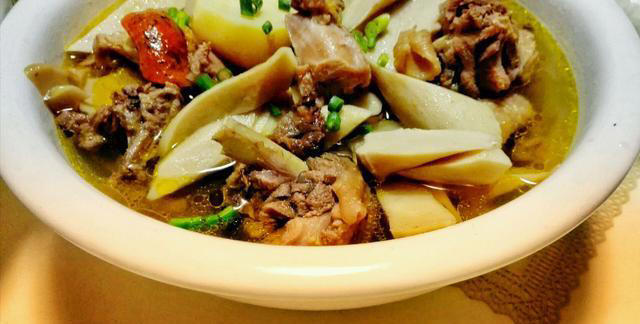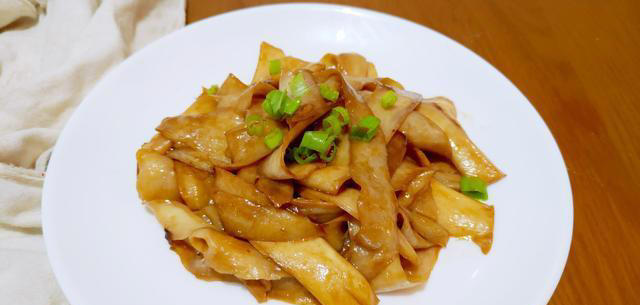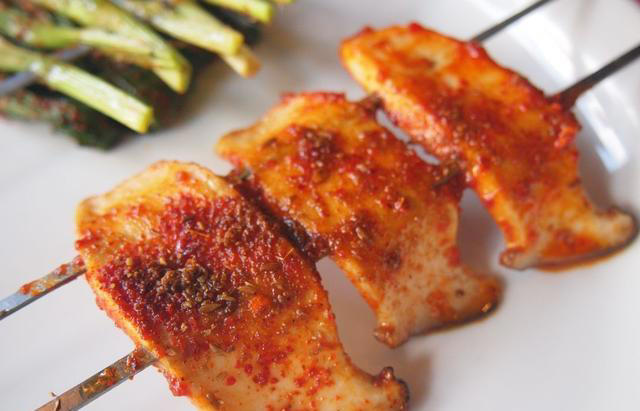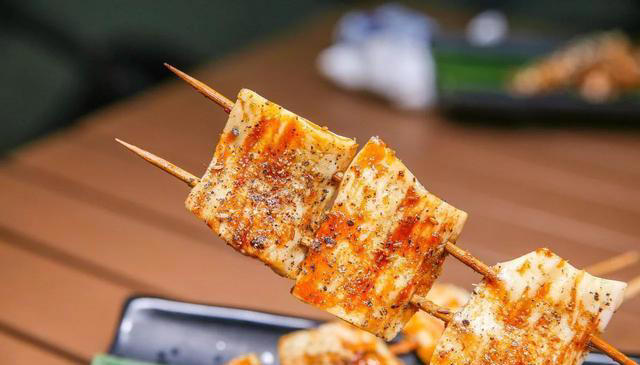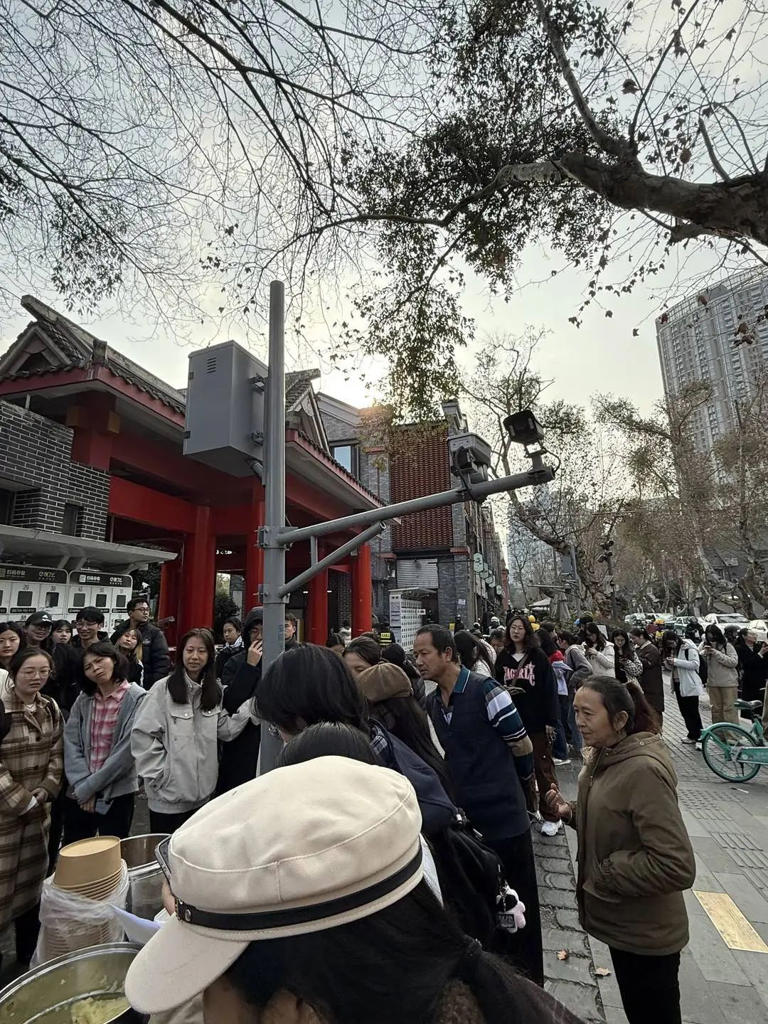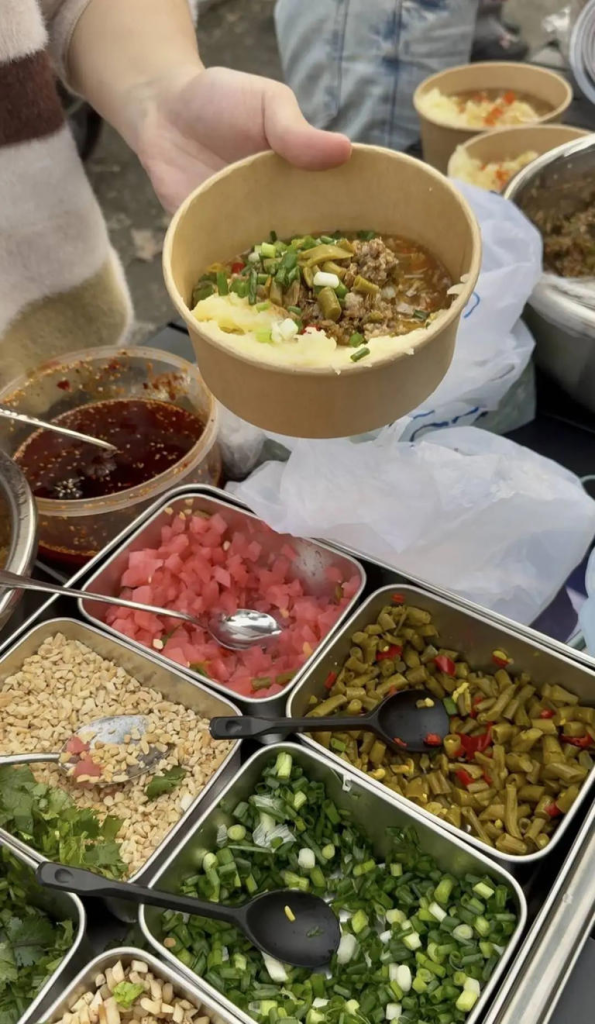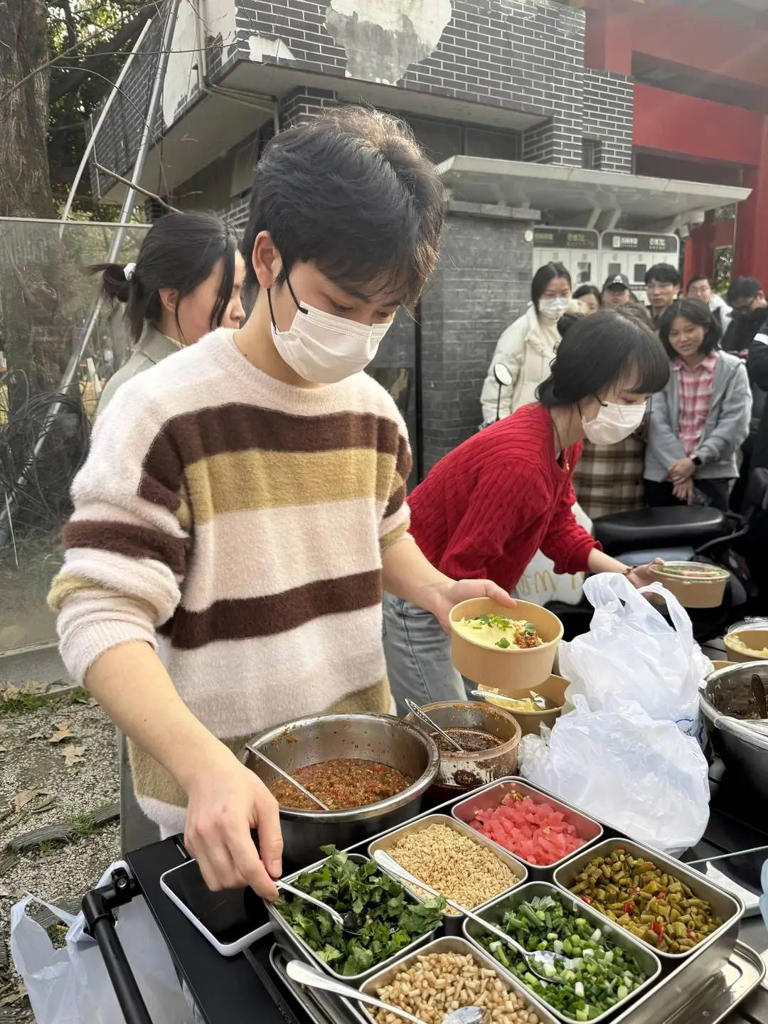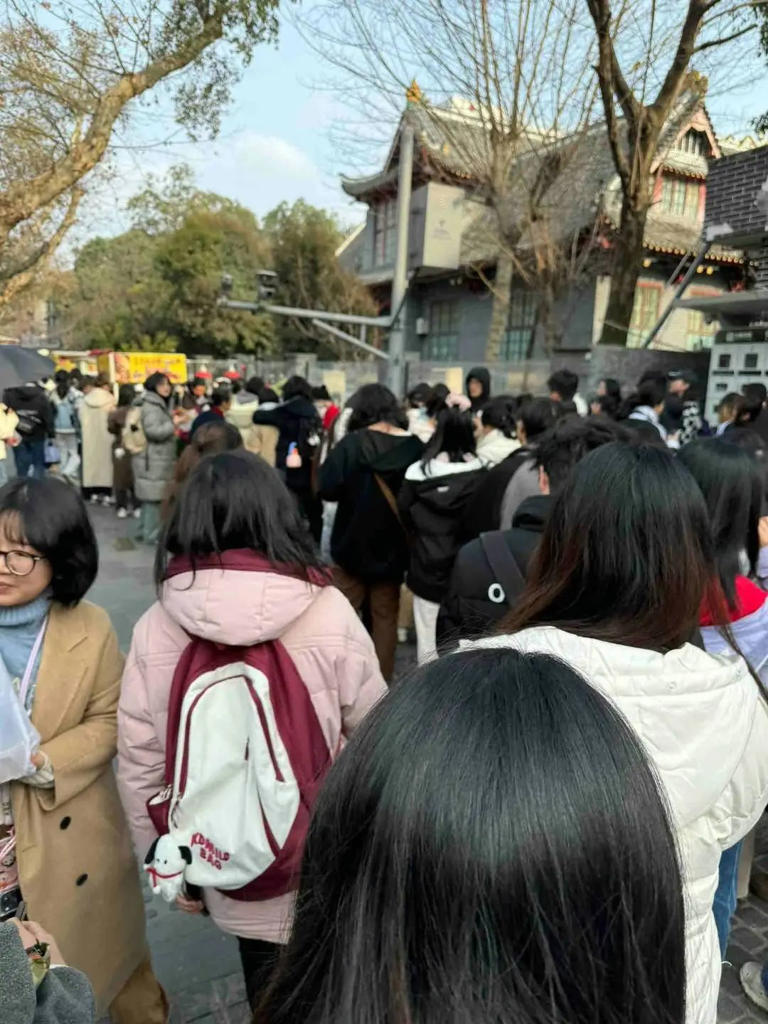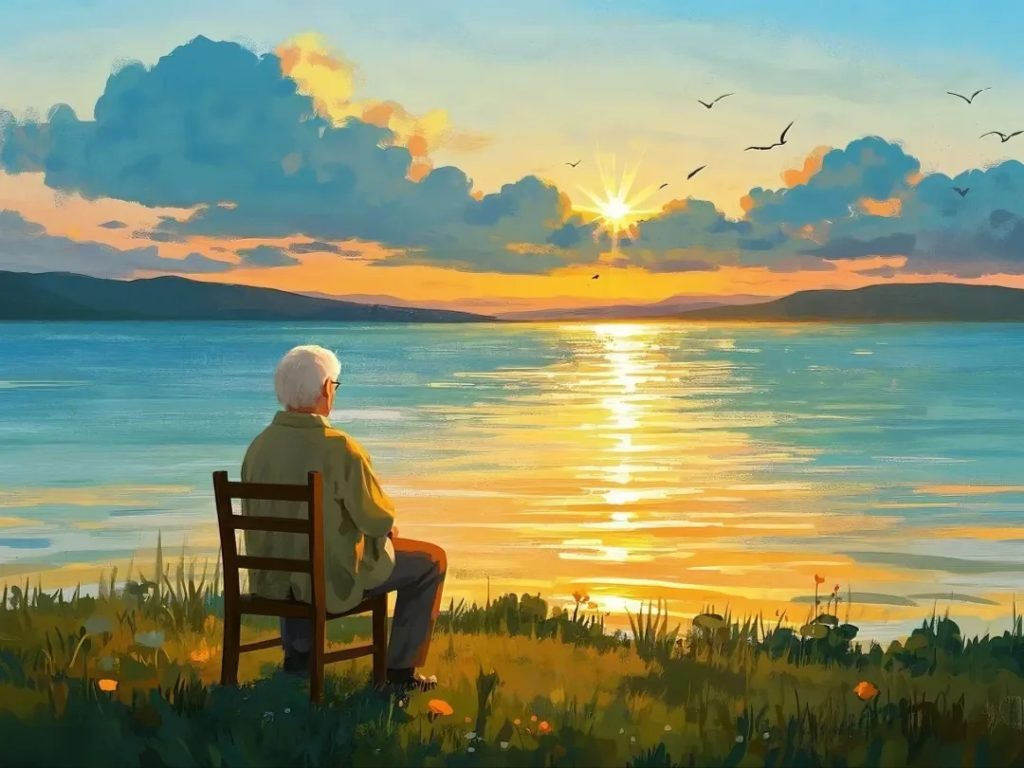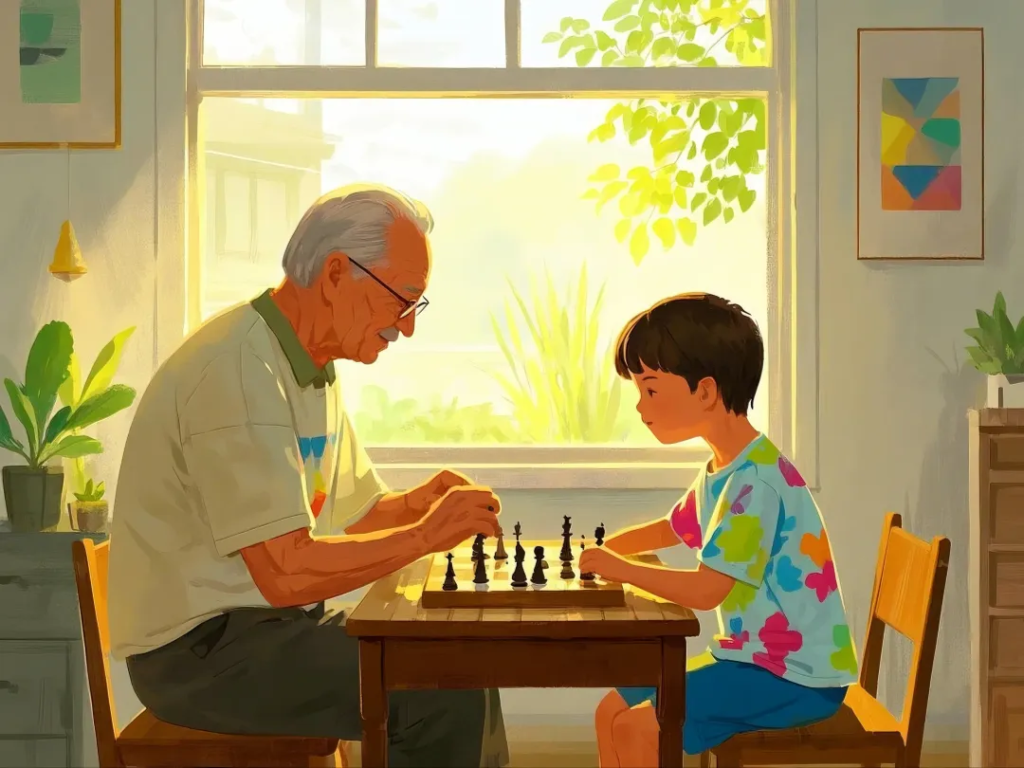
The Spring Festival is the first major festival of the Chinese nation and has an important position in the history of Chinese civilization. General Secretary Xi Jinping pointed out that “the Spring Festival is a beautiful time to say goodbye to the old and welcome the new, and it will always bring people new expectations.” The Chinese New Year is a “year of time” to say goodbye to the old and welcome the new, and it is also a “year of culture” with deep affection. The traditional festivals represented by the Spring Festival carry rich cultural connotations and values, condense the cultural blood and ideological essence of the Chinese nation, and accumulate the national spirit and family and country feelings. Today, let’s review and discuss the history and culture of the Spring Festival, review the Spring Festival rituals and customs, and feel the charm of the Spring Festival culture.
The first Spring Festival of the year is more than a thousand years: the Spring Festival and the New Year in different historical periods
The traditional Spring Festival is based on the end of the year and the beginning of the year, and is known as the “big year” in folklore, and its core content is to say goodbye to the old and welcome the new, and pray for blessings and reunions. Around Chinese New Year’s Eve and New Year, we have formed a variety of festive customs.
(1) The first New Year of Xia Shang Zhou
The Spring Festival we are talking about today is a time frame at the beginning of the ancient year, which has a history of at least 3,000 years in China, and its emergence is directly related to the formation of the concept of ancient calendars. Essentially, it originated from the time perception and time consciousness of the ancient ancestors. The ancients used astronomy, phenology, and personnel activities as important references for time changes, and the concept of the time cycle of the year should have been grasped by people before the third dynasty of the Xia and Shang dynasties. “Erya Shitian” said: “Xia is said to be old, Shang is said to be ritual, Zhou is said to be a year, and Tang Yu is said.” “Year, ritual, year, and year are all names for an annual cycle.
The word “year” in the oracle bone inscription is a pictogram for a person’s back, which refers to the harvest. It is also said in “Shuo Wen Jie Zi”: “Year, the valley is ripe.” “After a good crop, people hold celebrations to worship the gods, give thanks, and pray for a good harvest in the coming year. The Zhou Dynasty took agriculture as the foundation of the country, and the harvest was a major event of the dynasty, so the harvest period of grain was used as the name of the annual time, and the big year and the new year became the most desirable days for the Chinese.
(2) Zhengdan and Yuanzheng of the six dynasties of the Han and Wei dynasties
Taking the first day of the first month as the New Year began in the Han Dynasty. In the first year of Emperor Taichu of the Han Dynasty, it was officially determined that the first month of the summer calendar was the first year of the year, and although the calendar was constantly revised and changed for more than 2,000 years, the first time of the first month of the year was not changed; The name of the New Year has changed frequently, but the custom pattern of the New Year Festival has been inherited. In the “Historical Records: Book of Heavenly Officials”, it is said: “On the first day of the first month, the first year of the king.” “From the beginning of the first month of the new year, the official must hold a grand court meeting, and the people must clean the environment, worship their ancestors, and worship the clan and the village.
During the Wei, Jin, Southern and Northern Dynasties, the head of the year was called Yuan Zheng, Yuan Ri, and Yuan Hui. Zong Yi, a native of the Southern Dynasty, wrote the “Chronicles of the Year of Jing Chu” to describe the folk customs of the Jing Chu New Year, which is the earliest book to record the Chinese festival system completely. According to the book, people in the Yuan Dynasty rose up with roosters, first set off firecrackers in front of the courtyard “to ward off evil spirits in the mountains”, and then the family members worshiped the elders in turn. Wine is an indispensable drink for the New Year, “Zhengdan to dispel evil wine, New Year’s longevity cup.” (Yu Xin’s “Zhengdan Mengzhao Wang Wine Poem”) The drinking order of the first day of the Six Dynasties is from the young age, because “the younger one gets the year, and the first wine is congratulated”. This reflects the love and expectation of Chinese people for children.
(3) The first day and New Year’s Day of the Sui, Tang, Song, Yuan, Ming and Qing dynasties
The Spring Festival of the Sui and Tang dynasties is called the Yuan Day, the Year Day, and the Yuan Zheng. Yuan Day is the festival of the New Year, “people sing small years of wine, flowers dance Tang Spring” (Lu Zhaolin’s “Yuan Day Shuhuai”). The Spring Festival has become a government holiday since the Tang Dynasty, and the “Fake Ning Order” during the Tang Kaiyuan period stipulates that the first day and the winter solstice will be given seven days off. Every first day, the imperial court will hold an early dynasty ceremony to celebrate the New Year. On the first day, the people should also reunite with their families and set up banquets to celebrate. So we saw Bai Juyi reuniting with his family in Jiangnan and feeling the warmth of family affection. There is a poem as evidence: “My younger brothers, sisters, wives and nephews, petite and foolish me to help me with joy.” After the year, push the blue-tailed wine, and the spring plate first advises the gum tooth to eat. Although the shape of the skeleton is sighing, the reunion of flesh and blood can also be glorious. (“The Family Banquet on the New Year’s Day, the Drama Shows the Younger Brothers, the Nephews, etc., and the Twenty-Eight Brothers, the Twenty-Eight Zhang, the Judges, and the Twenty-Three Brothers”). The custom of keeping the New Year was generally popular in the Sui and Tang dynasties, and even Li Shimin, Taizong of the Tang Dynasty, was excited about it, and wrote the poem “Keeping the New Year”: “Celebrate the new year together, welcome and send off a night.” ”
The customs of the Song, Yuan, Ming and Qing dynasties are similar, and the Spring Festival is called the first day or New Year’s Day and New Year’s Day. The Zhengdan court ceremony is still an important royal ceremony, and the folk festival is also festive and lively, and people welcome each other.
(4) The Spring Festival and New Year in modern times
After the Xinhai Revolution overthrew the Qing Dynasty and established the Republic of China in 1911, China introduced the Gregorian calendar time system, and official festivals were separated from traditional folk festivals. On January 1, 1912, after Sun Yat-sen was inaugurated as the provisional president in Nanjing, he officially telegraphed to the provinces: “The Republic of China has changed to the Gregorian calendar, and November 13, 4,609 of the Yellow Emperor Era, is the New Year’s Day of the first year of the Republic of China.” In January 1914, the Ministry of the Interior of the Beijing government approved a proposal to “propose to designate the New Year’s Day of the lunar calendar as the Spring Festival”. As a result, the traditional Lunar New Year was officially renamed “Spring Festival”, and the traditional names of New Year’s Day and New Year were placed on January 1 of the Gregorian calendar.
In 1949, the People’s Republic of China was founded, and the calendar adopted the Common Era method. On December 23, 1949, the 12th Administrative Council of the Central People’s Government passed the Measures for National Annual Festivals and Memorial Day Holidays, stipulating that the Spring Festival is a statutory holiday.
After the 80s of the 20th century, with the deepening of the reform and opening up process, traditional festivals have gradually shown a revival trend, and they are more and more welcomed and valued by the Chinese people. As a major Chinese folk festival, the Spring Festival has a higher and higher status in people’s minds, and it is not only a common festival for Chinese sons and daughters living in the motherland, but also an important traditional festival for all overseas Chinese.
Say goodbye to the old and welcome the new year: Spring Festival and New Year’s rituals
What we often call the “New Year” consists of three major links: farewell to the old year, reunion year, and welcome the new year. Its main festivals and customs include: sending the god Vesta, sweeping dust, receiving ancestors, preparing food for the New Year, shaving the head and bathing, painting and decorating the courtyard with window flowers for the Spring Festival, new clean clothes, Chinese New Year’s Eve dinner, pressing New Year’s money, keeping the New Year, firecrackers to welcome the New Year, receiving the God of Wealth, greeting the New Year, ascending on the day of the people, and celebrating the New Year. The customs of the New Year are vivid and rich, full of ethical beauty, emotional beauty, art and wisdom beauty, containing rich national culture, highlighting the pursuit of beautiful values.
(1) New Year’s resignation customs
The year is the time node of the alternation of the old and the new, and saying goodbye to the old and welcoming the new is the foundation of the new year. The so-called “new day is Shengde”, we Chinese have always had a sense of seeking innovation. At the end of the year, we will hold various folk ceremonies to solemnly send off the old year and the cold of winter, and make material, social and spiritual preparations for the new year. The core of the resignation of Laba, that is, the New Year’s thanksgiving, is to adjust and enhance various interpersonal relationships in the past year, usually in the form of New Year’s gifts and gatherings, in order to express mutual respect and gratitude to the nature of heaven and earth, relatives, friends, neighbors, peers, employers, employees, owners and customers, etc.
The New Year’s Farewell Ceremony mainly consists of three parts: condolences, drinking, environmental purification and individual cleaning.
The New Year’s gift is mainly given by relatives and friends. At the end of the year and the beginning of the year, and at the turn of winter and spring, people use it to express the emotions and warmth of the cold season. The traditional New Year’s gift has practical significance in contemporary times, and it can be transformed into a charitable New Year’s ritual, such as a wealthy family giving material support to poor relatives and friends through the New Year’s gift; Another New Year’s resignation ritual that is more worthy of advocacy is that party committees and governments at all levels give special condolences to cadres and masses who are living in difficulty at the end of the year, which reflects the concern and support of the party and the state for the vulnerable groups in society.
“Inviting wine and food”, drinking and bidding farewell to the old year, is one of the important forms of New Year’s customs, which has existed since more than 1,000 years ago. At the end of the year, the winter is cold, and the people and all walks of life hold year-end gatherings to contact emotions, which is called the “tail tooth” in the southeast of China.
In addition to greetings and feasts, New Year’s ceremonies also include farewell to all things in nature and gods, cleanliness of the environment, and cleansing of one’s spirit and body. At the end of the year, people not only hurry up to buy New Year’s goods and prepare New Year’s food, but also pay tribute to their ancestors. Among them, the Stove God sacrifice is the most interesting. In the folk song, it is said that “twenty-three, sacrifice to the king of the stove”, the god of the stove belongs to one of the five rituals of the pre-Qin period, is the god of fire at home, and is also the god of supervision of the family style, and is called “the head of the family” by the northerners. When people sacrifice, they use wine lees and stove sugar to make the god of the stove intoxicated with sweetness, “God says good things, and returns to the palace to bring auspiciousness”.
“Twenty-four, beat the dust.” On the twenty-fourth day of the lunar month, send away the king of the stove, people should clean, wash, and welcome the New Year. After sweeping, it is necessary to hang New Year’s paintings, paste Spring Festival couplets, and decorate the courtyard. The earliest theme of New Year’s paintings was the door god, which was popular in the Han and Tang dynasties. After the Ming and Qing dynasties, the themes became extensive, and the content was festive and auspicious, including “carp jumping over the dragon gate”, “more than one year in a row”, “full of gold and jade”, “three friends of the cold year”, “Fu Lu Shou”, “blessing of the immortals”, “blessing of heavenly officials”, “fortune and treasure” and so on.
Spring Festival couplets are an important item to show the festive atmosphere of the New Year, and they are also a declaration of family hope. Before the Song and Ming dynasties, people hung peach charms at the door to ward off evil, after the Song and Ming dynasties, the Spring Festival couplets began to become a widely popular Spring Festival custom, meaning to welcome the spring Naji. In the Qing Dynasty, since Beijing entered the wax moon, there were literati and ink writers who set up tables under the eaves of the market shops, called “Shuchun”, “Shuhong”, “Borrowing Paper to Learn Books”, “Dotting and Dyeing the Years” and so on. The Spring Festival couplets are generally the upper and lower couplets of the dual, pay attention to the law of the level, the battle is neat, and the judgment is judged by the “flat harvest”, the upper link is pasted on the left side of the door, and the lower link is pasted on the right side of the door. There are also people who determine the position of the upper and lower couplets by the position of the first word of the lintel. There are many auspicious words in couplets, and people have special expectations.
In addition to the rejuvenating of the courtyard, people also need to cleanse themselves, get haircuts, bathe, get rid of the dust of the year, and get good luck in the new year. The year-end resignation ritual highlights the removal of the old and the new, and people should clean up everything in the old year, so as to make material, social and spiritual preparations for the renewal of all things and people in heaven and earth.
(2) The reunion ceremony of the “New Year”.
The New Year’s reunion ceremony is the highlight of the New Year’s Festival, the key link of the New Year’s ceremony, and the climax of the New Year.
First of all, the Chinese New Year’s Eve dinner. The most important thing to go home for the New Year is the Chinese New Year’s Eve dinner. It is the most sumptuous meal of the year, which embodies the emotions and beliefs of Chinese families. The dishes in the Chinese New Year’s Eve dinner are symbolic, and both the north and the south will emphasize the auspicious meaning. In southern China, there are two dishes indispensable for Chinese New Year’s Eve dinner: one is a fish with a complete head and tail, symbolizing more than every year; The second is the ball, commonly known as the ball in the south, symbolizing the reunion of the group. In the old days, it was not easy for poor people in mountainous areas to make a fish for the New Year, and in some places they had to replace it with a carved wooden fish, no matter how difficult it was, they were full of expectations for their future life. Others, such as the “family carnival” in Suzhou, Jiangsu, the “Ten Scenic Dishes” in Nanjing, the “Anle Dish” made of dried purslane in Yingshan, Hubei Province, and the “Ruyi Dish” made of soybean sprouts, etc., all take their auspicious meanings.
In southern Fujian, many New Year’s food products have symbolic meanings. For example, leeks are a new thing to taste in the new year, and later generations believe that “leek” is homophonic with “long”, meaning long life. In the New Year, the family members sit around the table around the stove, and the elders read “leek spring, eat leftovers (spring)”, take the lead in eating a pinch of leeks first, and the whole family follows the chopsticks to eat leeks, and bless each other while tasting, and they are happy; Tofu and “Doufu” homonym, meaning abundant and abundant, folk have “leek spring, tofu Fu” said; Bamboo shoots, meaning high; Meat balls (balls), fish balls (balls) and family reunions are collectively known as “three circles”; There is also a Chinese New Year’s Eve dinner dish made with whole chicken, and the Hokkien word “chicken” is homophonic with “home”, which means a family portrait; Eat some citrus after a meal, which means auspiciousness; Nibble on some sugarcane, hoping for sweetness and rising step by step.
Of course, there are regional differences between the north and the south of the Chinese New Year’s Eve dinner, and the north generally eats dumplings on the New Year, which means that the New Year is auspicious. Dumplings originated very early in China and may have been a holiday food that diverged from wonton food. In addition to dumplings, the traditional Beijingers’ Chinese New Year’s Eve dinner must have water chestnuts, which is homophonic “must be qi”, which means that the family must be neat.
Secondly, the New Year’s money. New Year’s money is one of the contents of the New Year’s rituals, which contains the blessings of the elders to the younger generations, and is the most anticipated New Year’s gift for the children. New Year’s money is said to have originated earlier, but it was really popular after the Ming and Qing dynasties. There are two types of New Year’s money: special money (similar to today’s commemorative coins) and common money. When children get New Year’s money, they can spend their own money, buying firecrackers, lanterns, etc. They are looking forward to the New Year, and what they are looking forward to is this happiness. Of course, we say that the New Year’s money is the blessing of the elders to the children and grandchildren, the symbolic meaning is greater than the actual value, if it is beyond the scope of family blessings to give and receive, it is a deviation from the original intention of the traditional New Year’s rituals, and even becomes a burden on human feelings, but is not conducive to family harmony and social harmony.
Finally, the New Year’s ceremony. The New Year’s Celebration is a custom for family members to sit around the fire all night long, waiting for the arrival of the New Year. After the Chinese New Year’s Eve dinner, each family closes their doors to watch the New Year, and the whole family talks about the past, the future, and the world until the fifth day. In the Jin Dynasty, keeping the New Year was only a local custom in Sichuan, and by the Tang Dynasty, it had become a common custom in society. At the age of 39, Du Fu went to his cousin Du Wei’s house to write “Guarding the New Year’s Arong Family, the Pepper Plate Has Celebrated Flowers” (“Du Wei’s House Guarding the Year”); Su Dongpo of the Song Dynasty also said: “Children don’t sleep, and they keep vigil and rejoice” (“Keeping the New Year”). Since the Ming and Qing dynasties, the New Year’s ritual is still lively and interesting, and the content with family ethics has been added, such as praying for the longevity of the elders in the family. In contemporary times, the Spring Festival Gala of China Central Radio and Television is often accompanied by the New Year’s Celebration, and people usher in a new year in the New Year’s bell.
(3) New Year’s greeting and New Year’s greeting customs
First of all, welcome the New Year. We often say that “the sound of firecrackers is one year old”, and when the new year comes, people want to set off firecrackers to welcome the new year. The activity of setting off firecrackers in the New Year by Chinese originated from primitive religious beliefs and has a very long history. It is recorded in “Jing Chu Years Chronicles”: On the first day of the first lunar month, “the rooster crows and firecrackers in front of the court”.
In addition to the traditional natural firecrackers in the Song Dynasty, gunpowder firecrackers also appeared, which not only had a thunderclap-like explosion, but also emitted gunsmoke. Because this smoke has the effect of destroying germs in the air, people often set off firecrackers when the plague occurs. According to historical records, in Beijing in the Qing Dynasty, “the sound of firecrackers was like waves and thunder, all over the government and the opposition”. On Chinese New Year’s Eve in Nanpi County, Tianjin Province, firecrackers drove off the epidemic, fires were lit in front of the door, fireworks were noisy, and people shouted in unison: “Big households are worry-free, small households are worry-free, the world is peaceful, and the people are worry-free.” (Guangxu’s “Tianjin Mansion Chronicles”). People pray for peace and good fortune in the years to come. In the early 90s of the 20th century, many cities banned fireworks on the grounds of safety and hygiene. Around 2006, Shanghai, Beijing and other cities successively changed the ban on firecrackers in urban areas during the Spring Festival, replacing the previous complete ban with a limited ban. Around 2013, many cities across the country tightened their policies on setting off fireworks due to severe smog.
Secondly, greet the New Year and welcome the spring. In traditional Chinese society, there are certain rules and orders for the monarchs and ministers to pay New Year’s greetings, and the imperial court follows the ancient rites of proclamation, and a grand court meeting is held on the first day, and the emperor accepts the congratulations of hundreds of civil and military officials.
In the folk, the New Year’s greeting ceremony is also particularly important, as the saying goes: “It is better to owe money than to owe people.” “The year is a human favor, and it is an important time for the adjustment of people-to-people relations. There are many particulars to pay attention to in the New Year, and the order is first inside the house and then outside the house: on the first day of the new year, worship ancestors and elders at home; In the second year of junior high school, I began to go out to worship my in-laws and neighbors. New Year’s greetings are generally auspicious. For example, the New Year’s greeting in Lishui, Zhejiang Province is wrapped in thick paper with sugar, rock sugar, longan, lychee, etc., commonly known as “gift bags”. Such a gift bag usually weighs about a catty, and is mainly used to show affection.
Finally, taste the new taste of spring, that is, eat spring cakes, spring rolls, and drink spring wine. In ancient times, there was the so-called “lamb sacrifice leek”, and the spring ceremony was naturally indispensable to the eating ceremony. At the beginning of the year, people welcome spring by eating new seasonal dishes such as leeks, lettuce, and radish. Spring cake is even more typical, it is a thin dough cake wrapped in lettuce and eaten. In addition, there are spring rolls, which are similar to spring cakes in modern Lichun food, the method is to wrap the vegetable filling into a thin dough, and then fry it to eat, with thin skin, yellow color, crispy, tender, and fresh taste. Most of the modern cities and villages inherit the festival food custom of eating spring rolls in the New Year, and the significance of welcoming spring is self-evident.
During the Tang and Song dynasties, people called the New Year’s wine Tusu wine, such as Wang Anshi’s poem: “The spring breeze sends warmth into Tusu.” “During the Ming and Qing dynasties, people feasted guests and friends by drinking spring wine.” “Please spring wine” is one of the New Year’s rituals in Nanjing, Jiangsu Province in the old days, “New Year’s invitation to gather guests and friends to feast and drink, called inviting spring wine”. In Hubei, the new daughter-in-law who got married in the first year will receive special courtesy at the beginning of the first month, and the family will receive a banquet, which is a folk ritual for the newlyweds to integrate into relatives and friends. Nowadays, wine is still an important festive drink to add to the festive atmosphere.
In Chinese society, driven by the consciousness of time renewal and based on the feelings of family and country, people integrate humanistic care and life consciousness into the three major links of New Year’s ceremonies, reunion and New Year’s ceremonies and Spring Festival rituals, so that nature and society, family and country are interrelated and integrated in the interaction of New Year’s rituals and customs.
The contemporary value of Chinese New Year culture
By understanding the history and ritual culture of the Spring Festival, we can appreciate the rich cultural value contained in it.
First, the Spring Festival is a convergence of national spirit and emotion, which can be seen from the contemporary Spring Festival transportation of hundreds of millions of people every year. We need a “post station” like the Spring Festival. At the end of the year, we return to our hometown and family, and get emotional nourishment in the Spring Festival reunion with relatives, friends and family, and New Year’s greetings, and appreciate the development and progress of the country and the family in retrospect, so that the feelings of the family and the country can be more firmly cultivated in the Spring Festival culture. Such a festive atmosphere and emotion are of great practical significance to the stability and harmony of the country and society.
Second, the Spring Festival is a concentrated and important embodiment of China’s excellent traditional culture. General Secretary Xi Jinping attaches great importance to the inheritance and development of China’s excellent traditional culture, and proposes the “second combination”, that is, the combination of the basic principles of Marxism and the excellent traditional Chinese culture. Today, in order to understand China culturally, we must consider two basic facts: the background color of contemporary China’s road, theory, and system is Marxism; Contemporary China is built on the history of more than 5,000 years of civilization, which is not only the sublimation of historical China, but also the continuation of historical China. The Spring Festival is a window for us to perceive “historical China” and the key for us to understand the “two combinations”. It creates a peaceful atmosphere through various festivals and customs, so that people can realize the integration and unity of family, community and society in the exchange of customs and customs of the New Year, reunion and New Year’s greetings.
Third, the Spring Festival culture also profoundly embodies the natural ethical value of harmonious coexistence between man and nature. The first year of the year, the beginning of the spring solar term, is the first of the four seasons cycle. Chinese regard the four seasons as living organisms, and believe that the rhythm of human life is synchronized with the seasonal sequence. Among them, spring is the season of revival of all things and the growth of life force, and people stimulate the vitality of life through Spring Festival folk activities and spring greeting ceremonies. Chinese modernization is the modernization of harmonious coexistence between man and nature, and the Spring Festival, with its rich ecological and ethical connotation, is deeply in line with the concept of sustainable development of modern society, so that the concept of respecting nature, treating nature well, being grateful to nature, conforming to nature, and protecting nature is deeply rooted in the hearts of the people.
Fourth, the Spring Festival is an important opportunity to unite the emotions and beliefs of Chinese people around the world, and it is a common cultural symbol of Chinese people around the world. With the increase of overseas Chinese and the expansion of social influence, wherever there are Chinese people around the world, the Spring Festival will become an important season for the inheritance and display of local Chinese culture. Around the world, about one-fifth of the population celebrates the Spring Festival in different forms, and every year there are large-scale Spring Festival celebrations in Chinatowns in New York, Paris, Yokohama, and Kuala Lumpur, Malaysia. The Spring Festival provides an opportunity for people to gather and entertain, and creates a “window of time” for Chinese sons and daughters all over the world to cultivate their awareness of roots, making our feelings of “one family from all over the world” more profound and vivid.
Fifth, the Spring Festival goes to the world, and the world embraces the Spring Festival. With the enhancement of China’s cultural soft power, the Spring Festival is becoming a worldwide festival symbol and a global celebration that transcends geographical and cultural boundaries. I think one of the important reasons is that the Spring Festival contains the common concepts of human civilization, such as family harmony, social tolerance, and harmonious coexistence between man and nature, and has the outstanding value of strengthening historical ethics, family ethics and natural ethics.
General Secretary Xi Jinping pointed out: “‘Celebrate the new year and welcome and send off overnight. ‘After a busy year, the family eats Chinese New Year’s Eve dinner together, celebrates the New Year together, and enjoys the joy of family and the beauty of life. “What we value and inherit is not only the form of the Spring Festival, but also the value of “home”. The rich connotation of the Spring Festival ritual culture is integrated with the core values of socialism, making our New Year’s ritual and customs more rich and vivid. In today’s era of economic globalization, China’s Spring Festival celebrations and New Year rituals have made important contributions to demonstrating the modern civilization of the Chinese nation to the world.

 Entering China
Entering China
